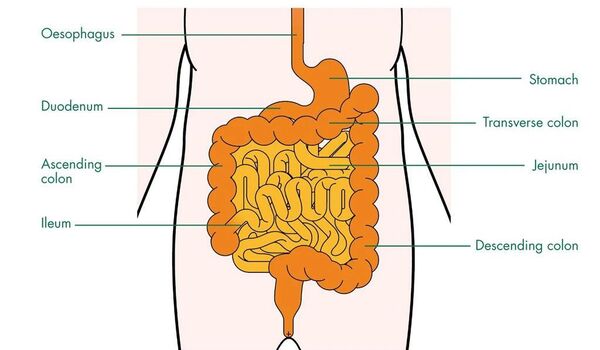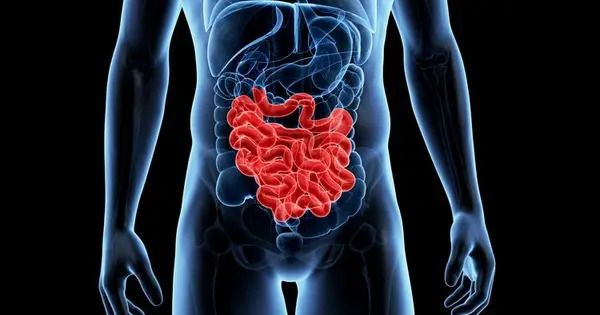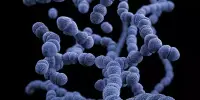One of the most striking examples of gut plasticity can be seen in animals that are subjected to prolonged periods of fasting, such as hibernating animals or phyton snakes that go months without eating, where the gut shrinks by up to 50% but recovers in size after a few days of re-feed. Importantly, the gut’s ability to resize itself is mostly maintained. As a result, during pregnancy, the gut size of humans increases, facilitating the uptake of nutrients to promote the fetus’ growth.
The Colombani Andersen lab at the University of Copenhagen’s Department of Biology’s Cell & Neurobiology division studies gut plasticity processes using the fruit fly, Drosophila. The findings have recently been published in the scholarly journal Nature Communications.
The small intestine does not usually change size in reaction to nutrition intake in the same way as muscles do in response to exercise, for example. However, it may adjust its surface area to maximize nutrient absorption.
We have identified activins as critical regulators of this process. In nutrient-restrictive conditions, activin signaling is strongly repressed, while it is reactivated and required for progenitor maturation and gut resizing in response to refeeding.
Ditte S. Andersen
“Taking advantage of the broad genetic toolbox available in the fruit fly, we have investigated the mechanisms underpinning nutrient-dependent gut resizing,” says Dr. Ditte S. Andersen.
The results show that nutrient deprivation results in an accumulation of progenitor cells that fail to differentiate into the mature cells causing the gut to shrink. Upon refeeding these stalled progenitor cells readily differentiate into mature cells to promote regrowth of the gut.
Ditte S. Andersen continues: “We have identified activins as critical regulators of this process. In nutrient restrictive conditions, activin signaling is strongly repressed, while it is reactivated and required for progenitor maturation and gut resizing in response to refeeding. Activin-dependent resizing of the gut is physiologically important as inhibition of activin signaling reduces survival of flies to intermittent fasting.”

The small intestine can adjust the height and density of these villi and microvilli in response to changes in the diet. For example, if a person consumes a diet high in fat, the small intestine may increase the size and number of microvilli to enhance the absorption of fat molecules. Similarly, if someone consumes a diet high in carbohydrates, the small intestine may adapt to optimize the absorption of carbohydrates.
This adaptation takes place over time and is influenced by a variety of factors, including hormone signals and the amount of nutrients in the intestine. However, it is crucial to emphasize that this adaptation is largely concerned with changes in surface area and absorption efficiency, rather than changes in the overall size of the small intestine.
Organ plasticity regulators are critical for host adaptability to a constantly changing environment; unfortunately, these signals are frequently unregulated in malignancies. Indeed, mutations altering activin signaling are common in cancer cells from a variety of organs. Our findings provide a foundation for further research into the relationship between abnormal activin signaling and the formation of colorectal malignancies, as well as for testing the efficacy of anti-activin therapeutic techniques in colorectal cancer treatment.
















